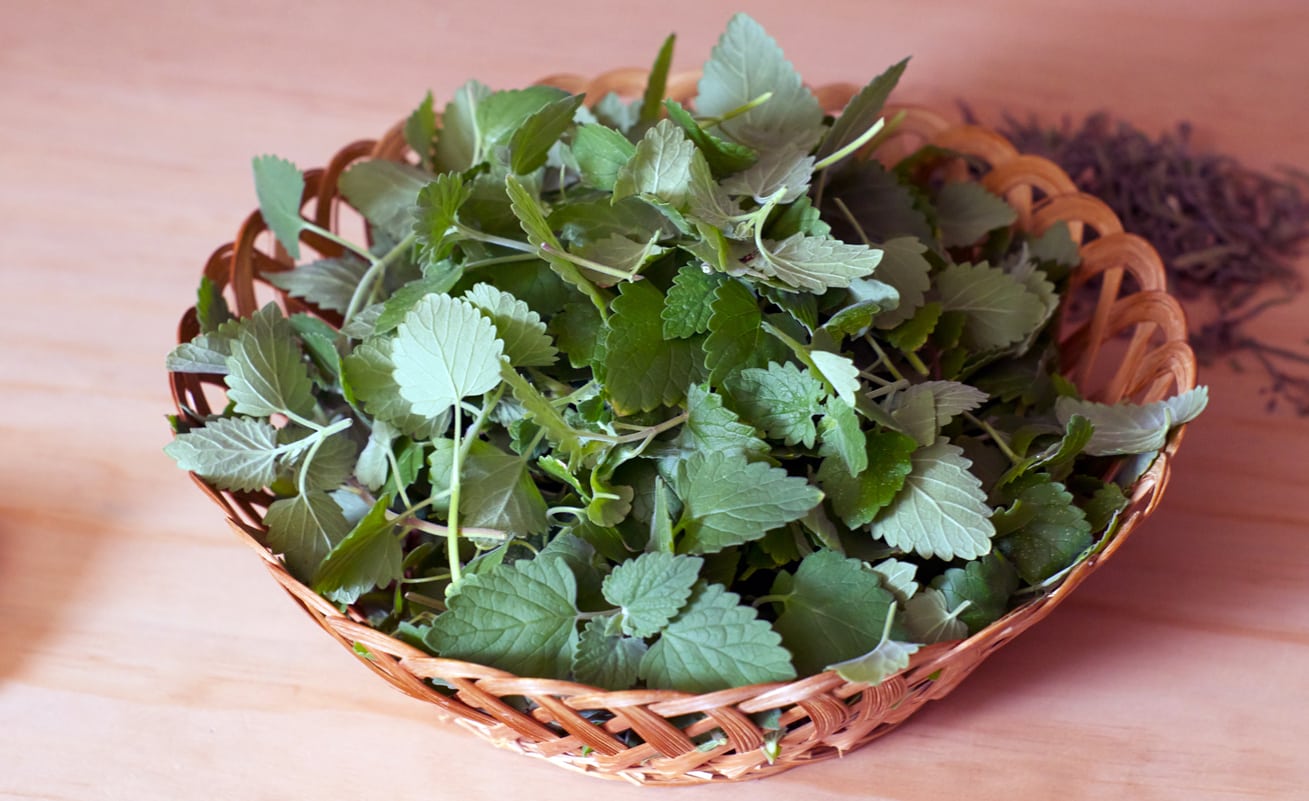What Is Catnip For: Learn About Various Uses For Catnip


What is catnip for other than to please cats? The name says it all, or almost all. Catnip is a common herb that you can cultivate in the garden but that also grows wild. Knowing how to use catnip means you can put this plentiful herb to good use for both you and your feline friends.
Catnip for Cats
Catnip, Nepeta cataria, is an herb from the mint family that has long been known to be attractive to cats. A common myth is that all cats react to it. In fact, only about two-thirds of cats will be drawn to catnip, exhibiting behaviors like licking, rubbing catnip toys, rolling in the herb, and drooling. Even some wild cats react to catnip. For use with cats, catnip can be provided as a fresh plant indoors in a container or outdoors in a bed. If used in a container, be sure it is large and heavy enough to not get tipped over by an overzealous cat. To limit access, use dried catnip leaves to stuff toys with or roll toys in, and then keep sealed and out of the way when not in use.
Other Uses for Catnip
Catnip is not just for cats. If you grow the herb and have been wondering what to do with catnip that is left over from making cat toys, you have a lot of options. A compound in catnip called nepatalactone, has been found to be insecticidal. You can use it as a natural repellent against mosquitoes, spiders, ticks, cockroaches, and other critters in the home. As a gardener, you may consider planting catnip between rows of vegetables to deter certain pests. A study found that intercropping the herb with collard greens reduced damage from flea beetles. Catnip in the vegetable garden may even repel rabbits and deer. Catnip may also have some medicinal properties for humans, although before using any herb as a supplement, it is important to speak to your doctor. A tea made from dried catnip leaves and flowers has long been used for stomach upset, fever and other flu symptoms, insomnia, and stress. It is especially helpful for children who are not feeling well as a calming agent and to relieve digestive issues. In the kitchen, catnip uses expand to include any recipes in which you would use mint. It belongs to the mint family and has a similar flavor but adds a slightly different taste. Whether you grow catnip intentionally in the garden or you find it growing wild, there are many uses for this common herb.
Sign up for the Gardening Know How newsletter today and receive a free copy of our e-book "How to Grow Delicious Tomatoes".

Mary Ellen Ellis has been gardening for over 20 years. With degrees in Chemistry and Biology, Mary Ellen's specialties are flowers, native plants, and herbs.